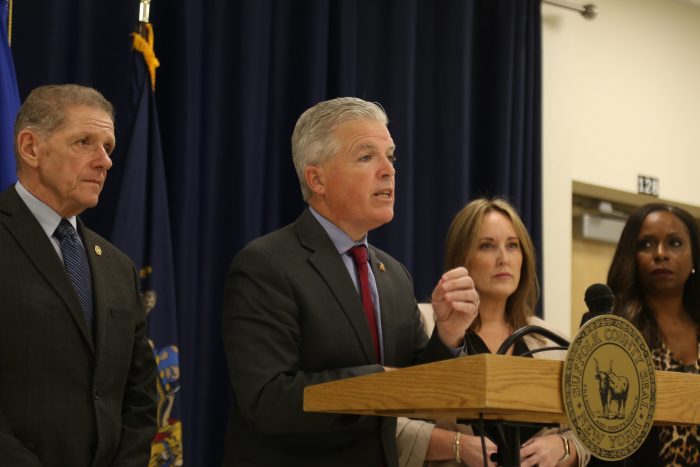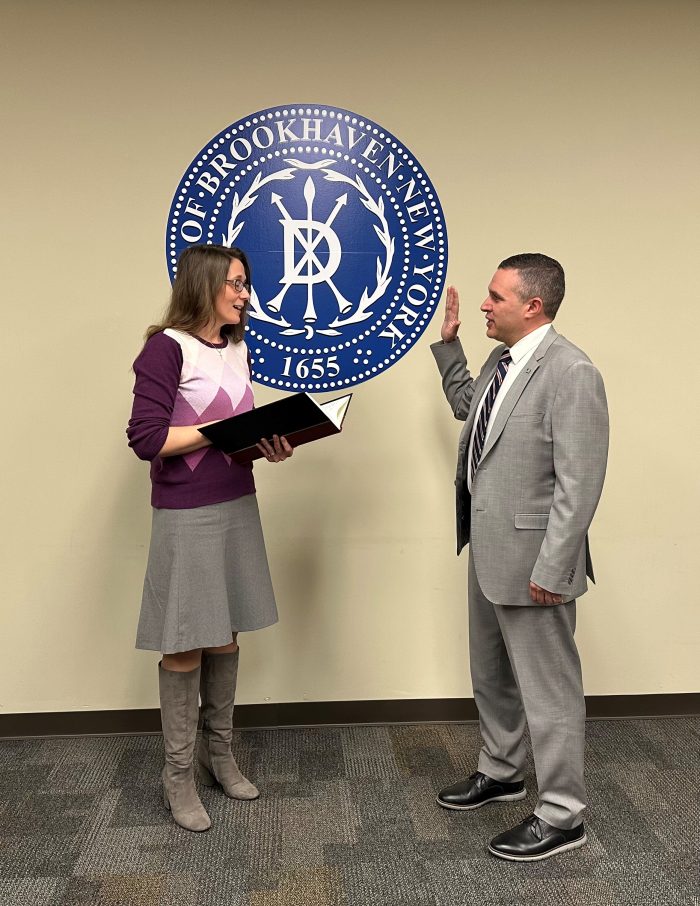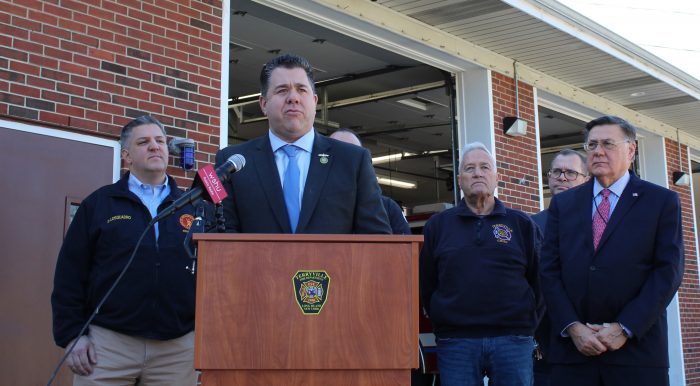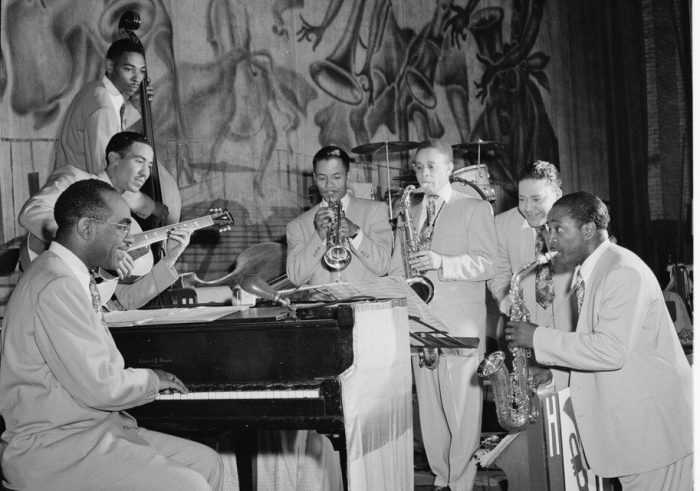Following a competitive national search, Andrew Singer, PhD has been appointed Dean of the College of Engineering and Applied Sciences (CEAS) at Stony Brook University, effective July 3, 2023. Singer will come to Stony Brook from The Grainger College of Engineering at the University of Illinois, Urbana-Champaign. While there, he has held a number of administrative and service positions, with activities focused on innovation and entrepreneurship, capital building projects, new degree development, and diversity, equity and inclusion programs.
“Stony Brook’s College of Engineering and Applied Sciences has quickly become one of the most exciting drivers of innovation and entrepreneurship across the state. Andy’s compelling leadership experiences and vision are a perfect combination to accelerate the trajectory of growth and excellence of CEAS,” said Stony Brook University President Maurie McInnis.
“Andy’s experience is an ideal match for CEAS at Stony Brook. Throughout our search process, he demonstrated a deep understanding of the opportunities and needs for CEAS to grow as a nationally renowned hub of excellence and innovation,” said Carl Lejuez, provost and executive vice president for academic affairs. “I look forward to partnering with him and our extremely talented faculty, staff, students, and alumni of the college to implement his vision.”
Currently, Singer serves as Associate Dean for Innovation and Entrepreneurship and professor of Electrical and Computer Engineering in The Grainger College of Engineering at the University of Illinois, Urbana-Champaign. In this role, he oversees activities of the college’s Office of Innovation and Entrepreneurship, including the Technology Entrepreneur Center, Innovation Living Learning Center, and the cross-disciplinary Innovation, Leadership, and Engineering Entrepreneurship (ILEE) degree program. He also advises the dean on matters related to innovation, translational research, and entrepreneurship. Illinois’ Grainger College of Engineering enrolls more than 16,500 students, with more than 600 faculty members, and 40 degree programs ranked in the top 10.
Singer has led large-scale administrative and research efforts, including serving as Co-PI and associate director for the Systems on Nanoscale Information Fabrics, a $35 million research center across 10 universities and 10 sponsors. He also played a leadership role in securing a $50 million gift for the Siebel Center for Design at Illinois, and oversaw the development and construction of the center as chair of a campus faculty committee. He has worked extensively to broaden participation across Illinois’ innovation ecosystem, including development of the Advancing Women And under-Represented Entrepreneurs (AWARE) program, which helps launch Small Business Innovation Research (SBIR) teams led by women and researchers underrepresented in the university’s ecosystem.
He is an internationally recognized scholar in the field of statistical signal processing and communication systems, having won numerous awards for his research and is a fellow of the Institute for Electrical and Electronics Engineers (IEEE). An accomplished entrepreneur, he co-founded two companies in the areas of optical communications and underwater acoustic communication systems, and he has served frequently as a consultant and expert witness for the communications, audio, and sensing industries. Singer holds the Fox Family Professorship, one of only 18 university and campus-wide endowed positions on the University of Illinois Urbana-Champaign campus.
“I’m excited by the opportunity to serve as Dean and to lead in the expansion of the educational, research, and innovation activities of another great institution and flagship university. This is a momentous time in history, with the state of New York and the nation investing deeply in our future,” Singer said. “As a leader in social mobility, Stony Brook University has had a tremendous impact on the lives of the students and the economy in the region and will continue to lead in developing the diverse and inclusive engineering teams and leaders needed for this next exciting chapter of American engineering innovation.”
Singer earned a bachelor’s, master’s and doctorate in electrical engineering and computer science from the Massachusetts Institute of Technology (MIT).
Singer will succeed Jon Longtin, PhD, who has been serving as interim dean since June 2021. Longtin has led several endeavors for the college, including launching a new graduate program in Data Science, increasing overall research expenditures and research expenditures per faculty in CEAS by 40%, partnering to secure funding for a $100 million multi-disciplinary engineering building, and leading CEAS’s contributions to Stony Brook’s bid for the Governors Island Center for Climate Solutions.















































